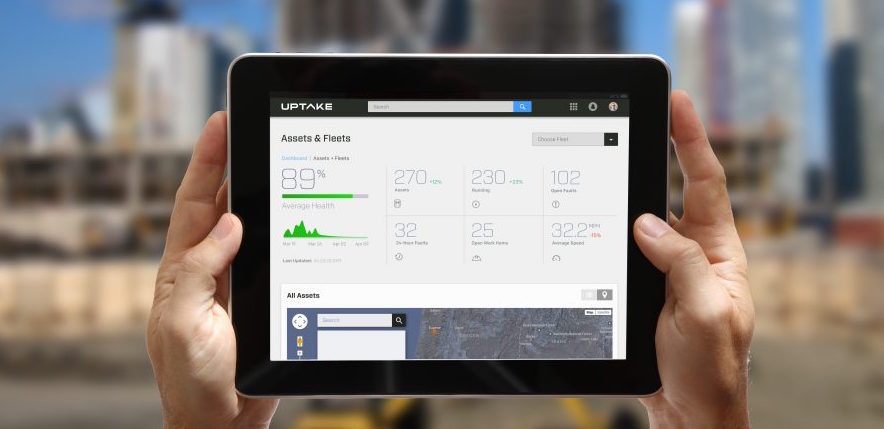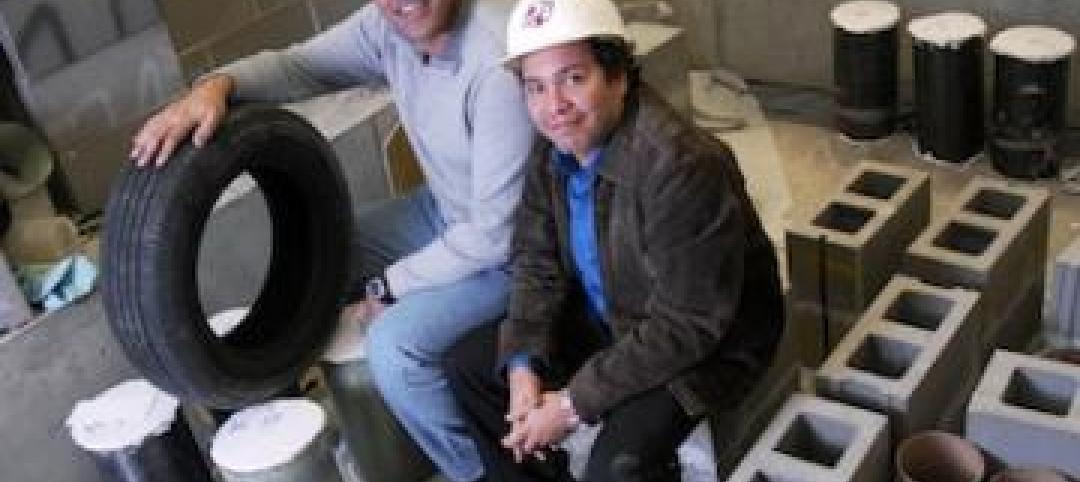During the first half of 2018, venture capital firms invested a record $1.05 billion in construction technology startup companies, or nearly 30% more than during the same period in 2017, according to a new report from JLL.
Since 2009, VCs have funded 478 ConTech deals totaling $4.34 billion. “The construction sector is on the verge of major disruption, as tech startups tackle head-on the industry’s biggest pressure points,” says Todd Burns, President of Project and Development Services for JLL.
Indeed, JLL put its money where its mouth is when it brought on two Silicon Valley veterans last year to launch JLL Spark, a business that includes a $100 million global venture fund, and is set up identify and deliver new technology driven real estate service offerings.
Its report calls out three areas where ConTech startups are focusing their efforts:
• Collaborative software, and especially leveraging cloud-based solutions to optimize workflow. Some of the frontrunning startups in this category include Procore Technologies, Flux Factory, PlanGrid, and Clarizen.
• Offsite construction. The building industry can no longer ignore prefabrication and modular solutions at a time when skilled labor is getting harder to hire. Among the new leaders in this category is Katerra—into which Soft Bank has invested $865 million—which is building several new prefab factories, and in recent months has acquired the design firms Michael Green Architecture and Lord Aeck Sargent.
• Big data and artificial intelligence. Predictive data and automation tools are helping construction teams make better-informed decisions to save time and money by extending the work life of equipment, reducing jobsite risk, and automating simple processes. Uptake Technologies is among the startups in this category’s vanguard.
Related Stories
| Mar 12, 2014
14 new ideas for doors and door hardware
From a high-tech classroom lockdown system to an impact-resistant wide-stile door line, BD+C editors present a collection of door and door hardware innovations.
| Mar 10, 2014
Meet Tally – the Revit app that calculates the environmental impact of building materials
Tally provides AEC professionals with insight into how materials-related decisions made during design influence a building’s overall ecological footprint.
| Mar 7, 2014
Thom Mayne's high-tech Emerson College LA campus opens in Hollywood [slideshow]
The $85 million, 10-story vertical campus takes the shape of a massive, shimmering aircraft hangar, housing a sculptural, glass-and-aluminum base building.
| Mar 4, 2014
How EIFS came to America
Design experts from Hoffmann Architects offer a brief history of exterior insulation and finish systems in the U.S.
| Feb 20, 2014
5 myths about cross laminated timber
A CLT expert clears up several common misconceptions and myths surrounding the use of wood as a building material.
| Feb 19, 2014
Harvard's 'termite robots' can build any thing, any way [video]
The robots build by observing thier environment and then obeying a set of traffic rules programmed by researchers.
| Feb 14, 2014
Scrap tires used to boost masonry blocks at Missouri University of S&T
Research could lead to blocks that use waste material and have seismic and insulating benefits.
| Feb 14, 2014
The Technology Report 2014: Top tech tools and trends for AEC professionals
In this special five-part report, Building Design+Construction explores how Building Teams throughout the world are utilizing advanced robotics, 3D printers, drones, data-driven design, and breakthroughs in building information modeling to gain efficiencies and create better buildings.
| Feb 14, 2014
Crowdsourced Placemaking: How people will help shape architecture
The rise of mobile devices and social media, coupled with the use of advanced survey tools and interactive mapping apps, has created a powerful conduit through which Building Teams can capture real-time data on the public. For the first time, the masses can have a real say in how the built environment around them is formed—that is, if Building Teams are willing to listen.
| Feb 13, 2014
University officials sound off on net zero energy buildings
As part of its ongoing ZNE buildings research project, Sasaki Associates, in collaboration with Buro Happold, surveyed some 500 campus designers and representatives on the top challenges and opportunities for achieving net-zero energy performance on university and college campuses.

















